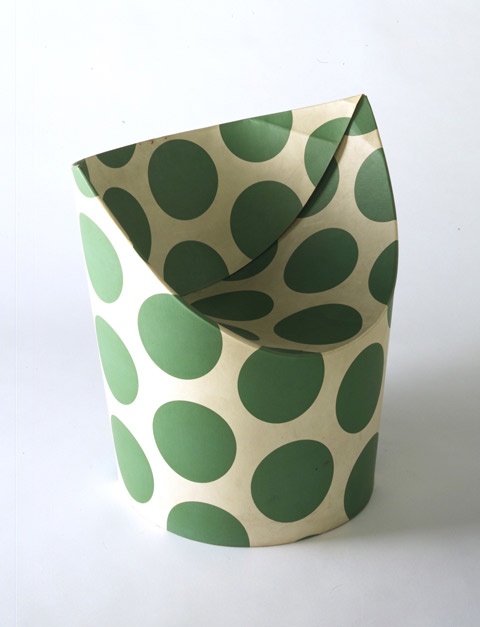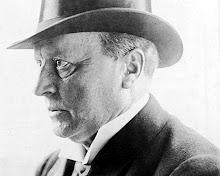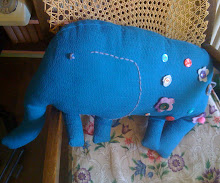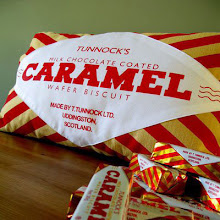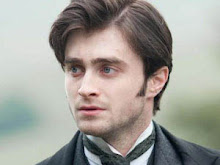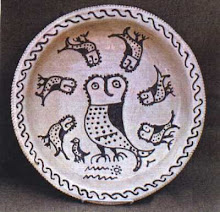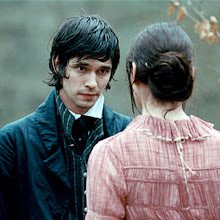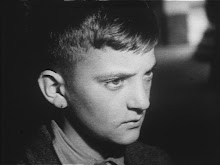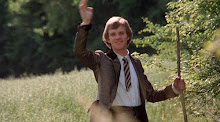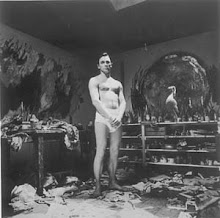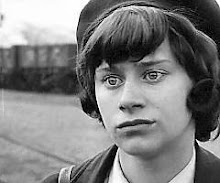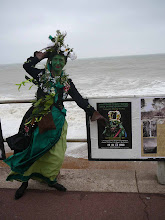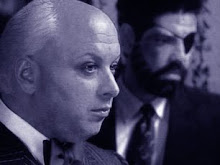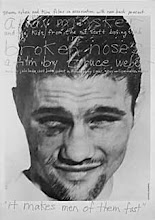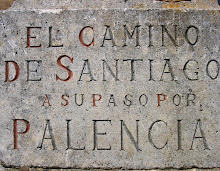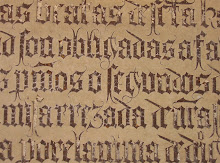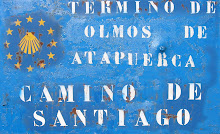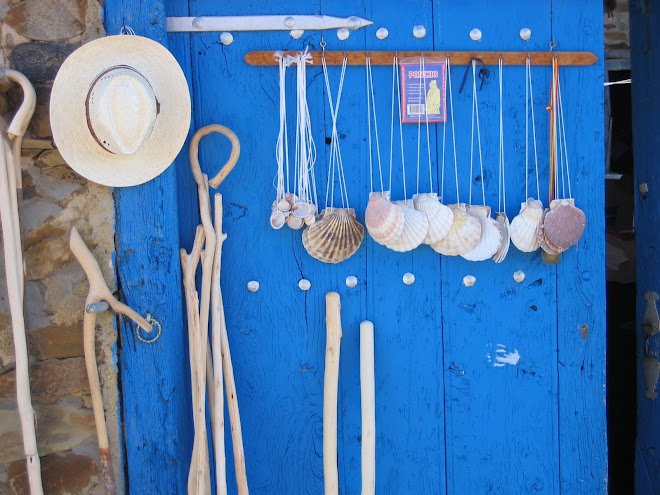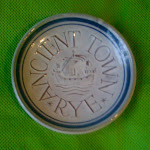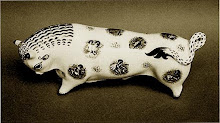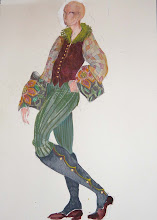
Arguably the finest of all the poster designs created by William Nicholson and James Pryde, working under the aegis of the Beggarstaff Brothers, was for a play entitled A Chapter from Don Quixote which opened at the Lyceum Theatre on 4th May 1895 with Sir Henry Irving in the title role. The production, based on an incident in Cervante's novella, consisted of two scenes contrived out of an adaption by W.G.Wills, but as it was not deemed sufficient for a night's entertainment, it formed part of a triple-bill. Convinced that Cervantes was worthy of more serious treatment than that conceived by Irving for the play (in attempt to divert the audience's attention from the poverty in Cervantes' text, Irving included extravagantly comic antics and slapstick elements in the narrative), the Beggarstaffs introduced the dramatic graphic device of the windmill in place of the village pump, around which the main action of the play took place in the second scene. Their authentic depiction of Rosinante, Quixote's horse, replaced a more robust creature (a veteran of the London stage) that Irving attempted to make more pathetic by the use of make-up to replicate the fictional creature's emaciated look. The Beggarstaffs made three separate versions of the Don Quixote poster. The first, dating from 1895, was a collage that lay for many years in Nicholson's studio before being acquired by the Victoria and Albert Museum. The second version was then superceded by one that was later published in the 1896 edition of The Idler, and the third- a simplified version of the first two- was presented to Irving, whom, it was said, thought it too bold a design for use on London theatre hoardings. Pryde later claimed in his autobiography that not only did Irving commission him and Nicholson to design the poster, he paid them a hundred pounds for the result.
The Beggarstaff design for Don Quixote poster remains one of the most iconic images in British graphic history. Colin Campbell, the leading authority on the graphic work of Nicholson and the Beggarstaff Brothers, refers to the poster as the earliest large-scale work in which 'the lettering was conceived as part of the composition from the very beginning'. The poster design also shows the full impact on Pryde and Nicholson of Toulouse-Lautrec, for whom their admiration was boundless at the time. Pryde was quoted in The Idler as saying that Lautrec was 'one of the few artists who understand what a poster is and should be'. The French artist's design for La Goulue at the Moulin Rouge of 1891 was of particular significance to Pryde and Nicholson, and showed how flat, ungradated masses of colour could artfully be combined with line, and how light and dark forms could be contrasted as a key component of the overall design. Lautrec had also demonstrated the decorative potential of a simple black mass as a means of enhancing the pictorial interest in the work, and in turn, the Beggarstaff poster for Don Quixote displays this to stunning effect, particularly in the contrasting form of the horse's head juxtaposed against the dark hulk of the windmill, and the way in which the liminality of the sails are cut off by the extremities of the design.


